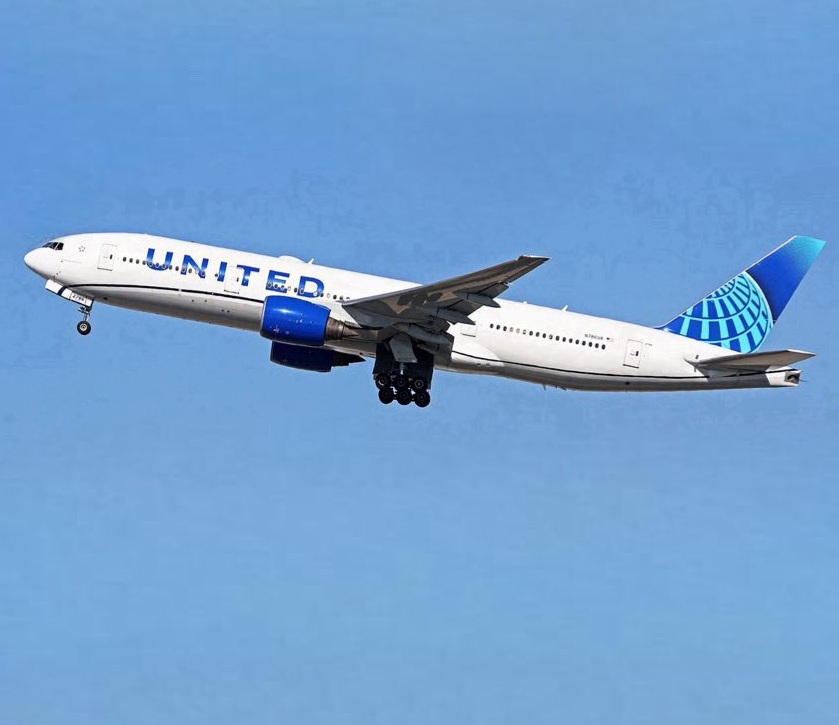Rife reports earlier this week indicated that Apple shipped iPhones to the United States using five aircraft in an attempt to beat the deadline for President Trump’s newly imposed tariffs.
The operation, carried out over just three days, was primarily aimed at avoiding a 10% reciprocal duty imposed by the US President. According to India Today, a senior Indian official confirmed the large-scale movement and suggested that Apple’s objective was to reduce immediate cost pressures, as the new duties would increase import expenses for future shipments. By sending products before the new tariff took effect, Apple can continue selling at current prices, at least temporarily.
The global tech giant reportedly moved stock from manufacturing centers in India and China, with warehouses fully stocked with Apple products expected to last for several months. Although the company currently has no plans to increase retail prices in India, China, or other major global markets, a price hike seems inevitable. The official asserted that the company will have to consider raising prices across key global regions to absorb the impact of the new tariffs. The report further claimed that Apple is now strategically analyzing how long it can bear additional costs without passing them directly to consumers, particularly in the US, where price sensitivity could significantly affect sales.
Apple has established itself as one of the top contributors to India’s smartphone exports, accounting for a major share of the country’s nearly $9 billion worth of shipments to the US. Analysts suggest that the widening tariff gap between China and India could actually accelerate Apple’s plans to diversify its supply chain and reduce dependence on China.
A Wall Street Journal report notes that the US may increasingly source iPhones from India in the coming months as it seeks to cushion the impact of rising tariffs. For Apple, the primary goal is to maintain stable prices without compromising profit margins. Achieving this will largely depend on how quickly the company can scale production in tariff-favored locations like India.
The operation, carried out over just three days, was primarily aimed at avoiding a 10% reciprocal duty imposed by the US President. According to India Today, a senior Indian official confirmed the large-scale movement and suggested that Apple’s objective was to reduce immediate cost pressures, as the new duties would increase import expenses for future shipments. By sending products before the new tariff took effect, Apple can continue selling at current prices, at least temporarily.
The global tech giant reportedly moved stock from manufacturing centers in India and China, with warehouses fully stocked with Apple products expected to last for several months. Although the company currently has no plans to increase retail prices in India, China, or other major global markets, a price hike seems inevitable. The official asserted that the company will have to consider raising prices across key global regions to absorb the impact of the new tariffs. The report further claimed that Apple is now strategically analyzing how long it can bear additional costs without passing them directly to consumers, particularly in the US, where price sensitivity could significantly affect sales.
Apple has established itself as one of the top contributors to India’s smartphone exports, accounting for a major share of the country’s nearly $9 billion worth of shipments to the US. Analysts suggest that the widening tariff gap between China and India could actually accelerate Apple’s plans to diversify its supply chain and reduce dependence on China.
A Wall Street Journal report notes that the US may increasingly source iPhones from India in the coming months as it seeks to cushion the impact of rising tariffs. For Apple, the primary goal is to maintain stable prices without compromising profit margins. Achieving this will largely depend on how quickly the company can scale production in tariff-favored locations like India.




